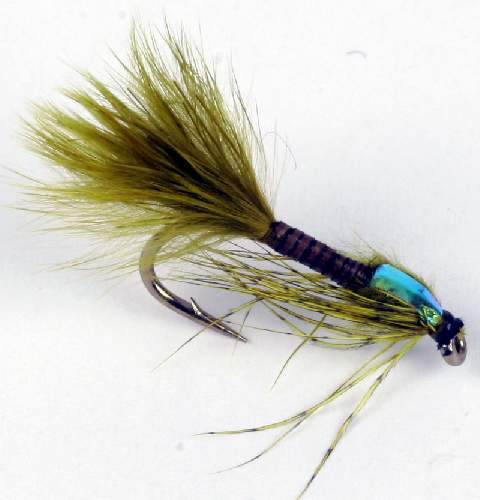Damsel Nymphs – An Essential Fly For Fishermen
 Keen to catch that elusive trout this year? If you fish on stillwaters then you need to add some damsel nymphs to your fly tying materials in your fly box – one of the most important wet flies for any fisherman, second only to the buzzers. You’ll never find us here at The Essential Fly without damsel nymphs about our person when we’re out fishing.
Keen to catch that elusive trout this year? If you fish on stillwaters then you need to add some damsel nymphs to your fly tying materials in your fly box – one of the most important wet flies for any fisherman, second only to the buzzers. You’ll never find us here at The Essential Fly without damsel nymphs about our person when we’re out fishing.
Damsel nymphs are skinny and small, with the head the widest point and the abdomen tapering backwards to a point. Fly patterns have to bear this slender profile in mind, as well as the large prominent eyes that can be found on the side of the head. You’ll find that almost all fly patterns for the damsel nymph feature eyes, but it’s not always necessary to include them. The majority of patterns are green, but they can be different colours.
Materials like after shaft feathers, rabbit and marabou are often used to create these flies, with eye materials including bead chain, metal beads or glass beads.
Between March and November, the hatch cycle begins. During the warm mid-morning to the afternoon, damsel nymphs make their way to the shore just below the surface of the water – to be caught by marauding trout. Look out for aggressive swirls in the water and use your damsel nymphs quickly to catch a few fish.
Fishing A Damsel Nymph
In terms of movement, damsel nymphs are steady swimmers and move about in a snake-like motion that you should try and imitate. Use a non-slip loop knot and a steady five or six-turn figure of eight combined with prolonged pauses to suggest nymphs upon the surface.




